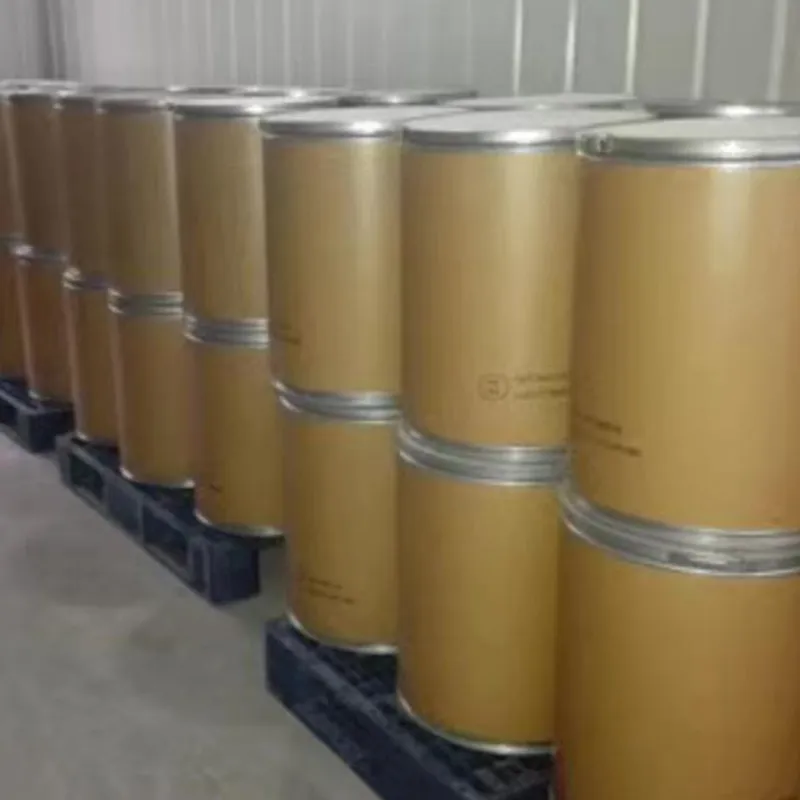
controlled release fertilizer
Understanding Controlled Release Fertilizers Efficiency and Benefits
In the realm of agriculture, the quest for optimal crop yields has led to the development of various innovative practices, among which controlled release fertilizers (CRFs) have gained significant attention. Unlike traditional fertilizers that can lead to nutrient leaching and soil degradation, CRFs offer a more sustainable approach to nutrient management, providing a solution that aligns with environmentally conscious farming practices.
What are Controlled Release Fertilizers?
Controlled release fertilizers are specially formulated fertilizers designed to release nutrients gradually over time, allowing for a more efficient uptake by plants. The release of nutrients is often regulated by environmental factors such as temperature, moisture, and microbial activity, which means that the fertilizer releases nutrients in synchronization with the plants' growth demands.
CRFs typically encapsulate nutrients within a polymer coating or a matrix material that controls the release rate. This technology can vary from simple coated granular fertilizers to more complex formulations that utilize advanced materials for an even more regulated release. The benefits of controlled release fertilizers make them an attractive option for farmers aiming to enhance their productivity while minimizing environmental impact.
Advantages of Controlled Release Fertilizers
One of the primary advantages of controlled release fertilizers is their potential for increased nutrient efficiency. Traditional fertilizers can often result in nutrient losses due to leaching and volatilization, as they release their nutrients quickly. In contrast, CRFs provide a steady supply of nutrients, which significantly reduces the risk of runoff and enhances nutrient use efficiency.
controlled release fertilizer

This steady release helps minimize the frequency of fertilization, leading to reduced labor costs and lower fertilizer application rates. For farmers, this means less time and resources spent on managing fertilizers, allowing them to focus their efforts on other critical aspects of crop management.
Moreover, controlled release fertilizers can contribute to improved crop quality and yield. With the right balance of nutrients available over an extended period, plants can grow more uniformly and robustly, leading to healthier crops and higher marketable yields. This becomes increasingly important as global food demand rises, highlighting the necessity for efficient agricultural practices.
Environmental Considerations
The environmental benefits of controlled release fertilizers are significant. By reducing nutrient leaching into waterways, CRFs help mitigate the risks of water pollution and eutrophication, a process that can lead to harmful algal blooms and degradation of aquatic ecosystems. Furthermore, less frequent applications of fertilizers mean lower carbon footprints associated with the transportation and application of these inputs.
As agriculture moves towards more sustainable practices, the role of controlled release fertilizers is becoming increasingly vital. The integration of CRFs into farming systems supports both economic and environmental goals, paving the way for a more sustainable agricultural future.
Conclusion
In conclusion, controlled release fertilizers represent a promising advancement in agricultural technology, providing numerous benefits that address the challenges faced by modern farming. Enhanced nutrient efficiency, reduced environmental impact, and improved crop yields are just a few of the advantages that make CRFs an essential tool in the pursuit of sustainable agriculture. As research continues and innovative formulations are developed, the potential for CRFs to contribute to food security and environmental sustainability becomes even more significant. For farmers looking to optimize their production systems, embracing controlled release fertilizers is a step towards a more efficient and responsible approach to farming.
-
Aluminum Hydroxide: Quality Gels & Dried Gel AntacidNewsAug.31,2025
-
Buy High-Quality Trichloroisocyanuric Acid for Sale | TCCA 90% SupplierNewsAug.30,2025
-
Pure Sodium Dichloroisocyanurate Dihydrate | Powerful DisinfectantNewsAug.29,2025
-
Industrial Chemicals: Quality & Purity for Every IndustryNewsAug.28,2025
-
Nitrile Rubber Honoring Strict Production StandardsNewsAug.22,2025
-
Aspartame Ingredients Honoring Food Safety ValuesNewsAug.22,2025
-
Fertilizer for Balanced Plant NutritionNewsAug.22,2025
Hebei Tenger Chemical Technology Co., Ltd. focuses on the chemical industry and is committed to the export service of chemical raw materials.
-

view more DiethanolisopropanolamineIn the ever-growing field of chemical solutions, diethanolisopropanolamine (DEIPA) stands out as a versatile and important compound. Due to its unique chemical structure and properties, DEIPA is of interest to various industries including construction, personal care, and agriculture. -

view more TriisopropanolamineTriisopropanolamine (TIPA) alkanol amine substance, is a kind of alcohol amine compound with amino and alcohol hydroxyl, and because of its molecules contains both amino and hydroxyl. -

view more Tetramethyl Thiuram DisulfideTetramethyl thiuram disulfide, also known as TMTD, is a white to light-yellow powder with a distinct sulfur-like odor. It is soluble in organic solvents such as benzene, acetone, and ethyl acetate, making it highly versatile for use in different formulations. TMTD is known for its excellent vulcanization acceleration properties, which makes it a key ingredient in the production of rubber products. Additionally, it acts as an effective fungicide and bactericide, making it valuable in agricultural applications. Its high purity and stability ensure consistent performance, making it a preferred choice for manufacturers across various industries.





